Microsoft WILL release a Surface 'phone' — but it could take a while
I'm still convinced Microsoft will bring a "Surface phone," what I call an "ultramobile PC," to market.
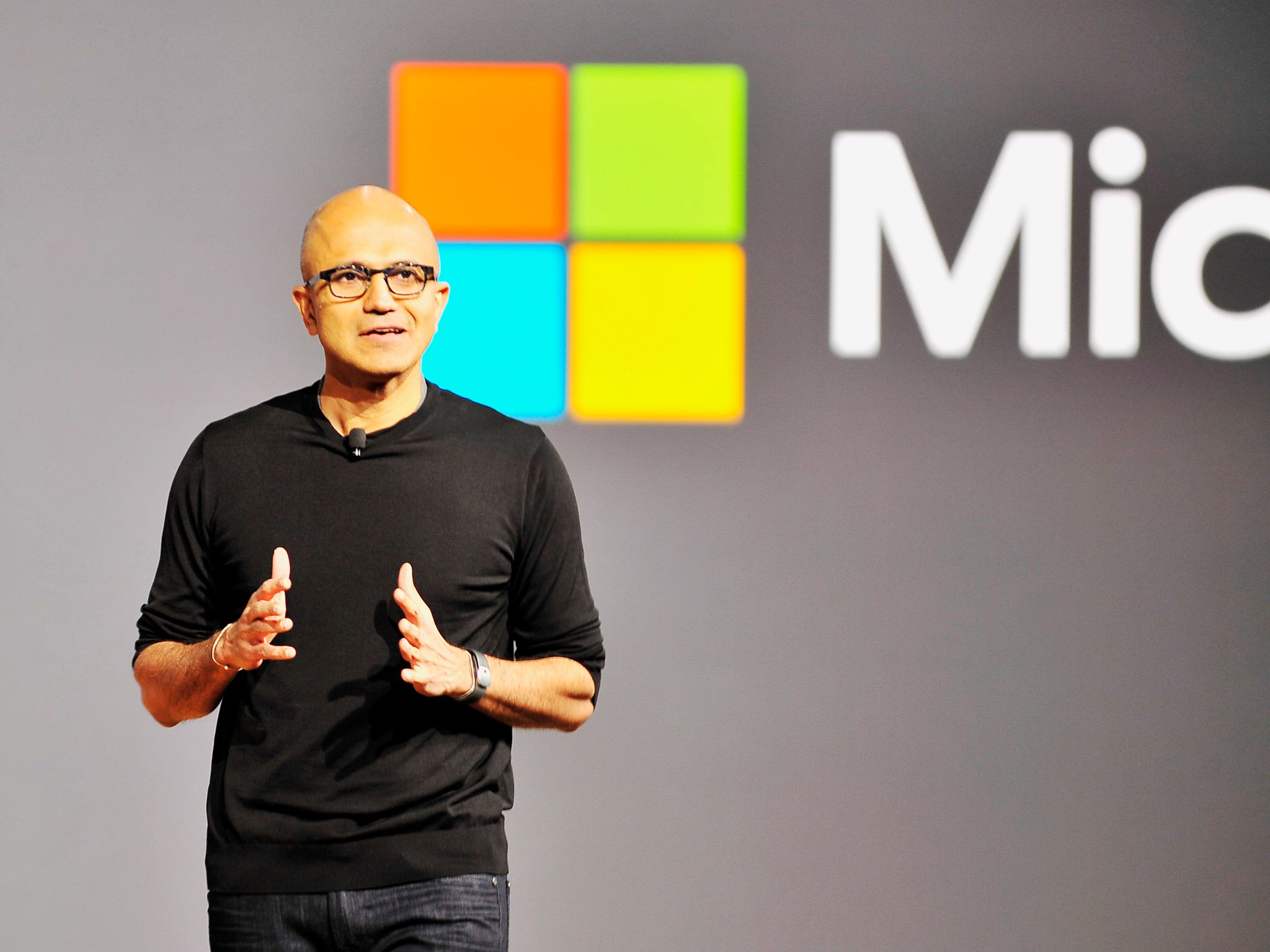
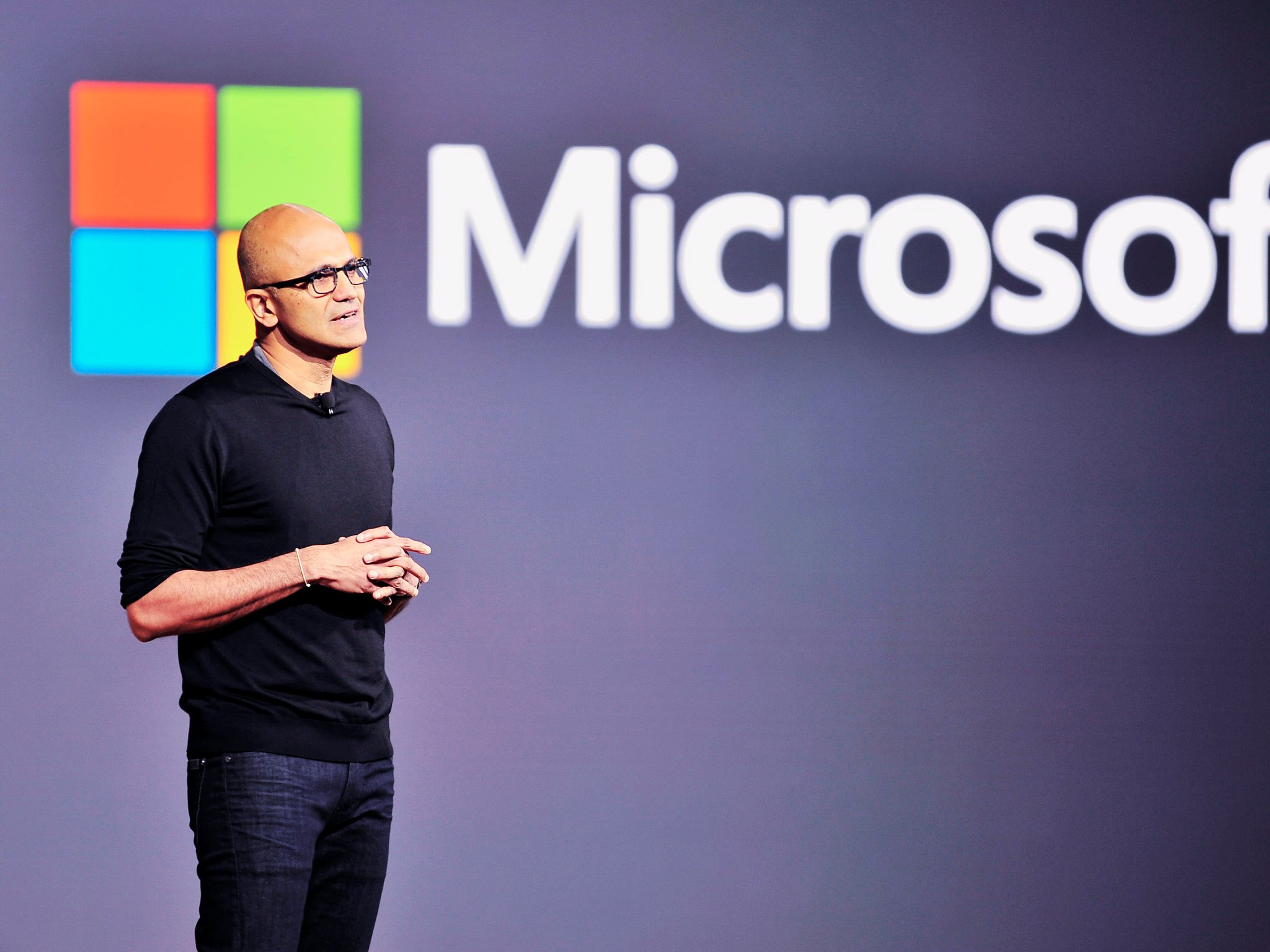
Though I'm a long-time Windows phone user, my confidence doesn't rest on blind hope or sentiment. It is a pragmatic matter.
It's simply logical
Microsoft needs a pocketable mobile device in the market because many computing tasks are mobile. Microsoft's CEO Satya Nadella recently said, "I'm sure we'll make more phones, but they will not look like phones that are there today." The company's cross-platform efforts are noteworthy but don't replace the impact of a first-party device and platform.
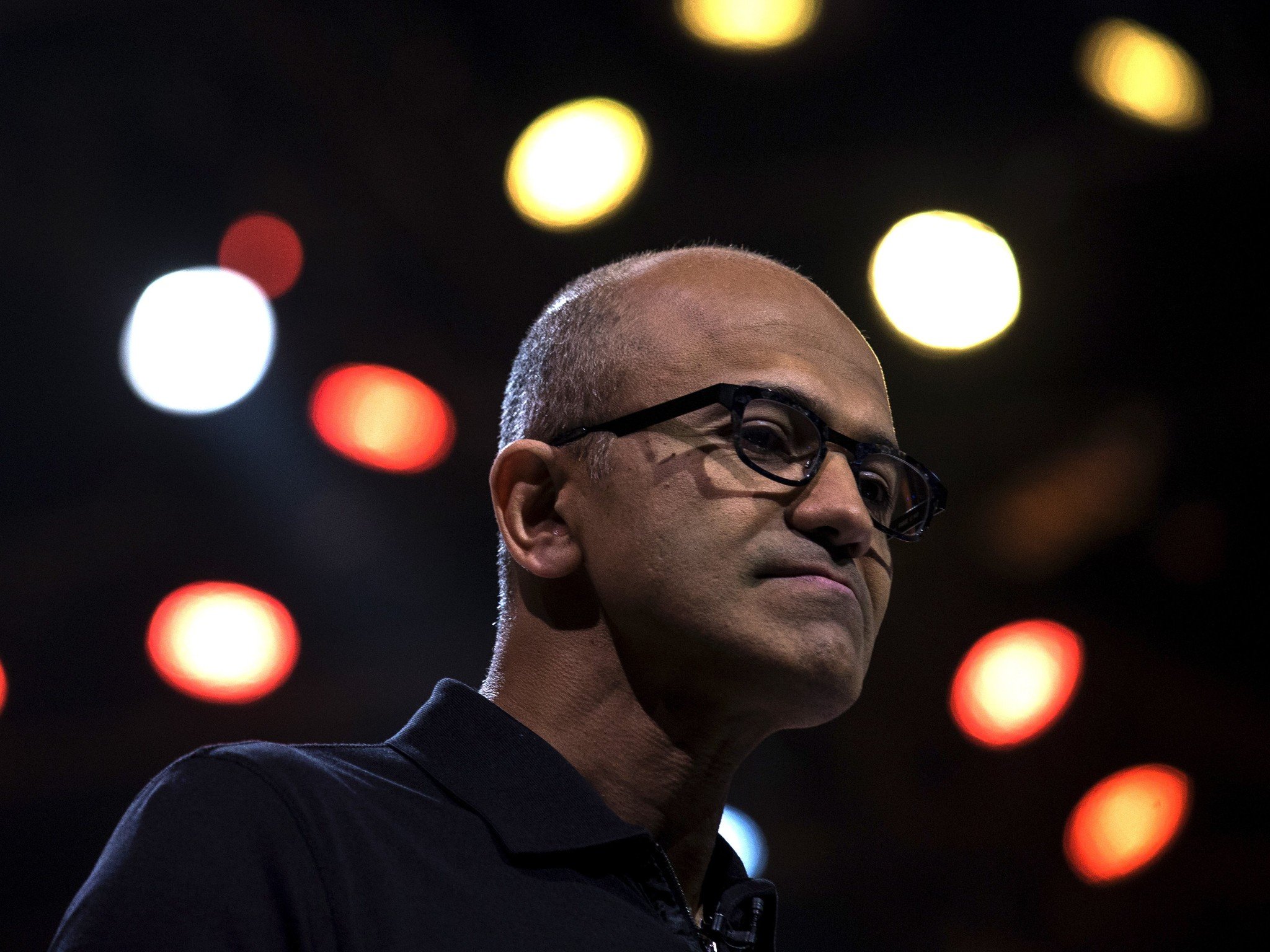
Nadella also stated, and I've reiterated, that what he calls an "ultimate mobile device" won't be the typical smartphone. Thus, claims that Microsoft's done with first-party hardware because it's not making traditional smartphones are ill-founded.
Though Microsoft lost the smartphone war, it's in the midst of a multi-year effort to establish the Universal Windows Platform (UWP), which is a multi-pronged effort with ecosystem and device implications. During this transition, the components that I believe will comprise an ultimate mobile device have been under development, and some have been revealed over time. To understand what I believe Microsoft's doing, one must look at its investments as pieces to a puzzle. If Microsoft's vision of a mobile device that can be a PC via Continuum is to succeed, it must be able to perform, to a reasonable degree, the range of tasks of a modern Windows 10 PC.
Microsoft will talk about mobile at Build, just not how you expect
Features like system-wide inking, Win32 as UWP apps (via Project Centennial), Windows on ARM, Continuum, mixed-reality, gaming and more have been steadily introduced as parts of Windows that I believe Microsoft plans will benefit its ultimate mobile device. Consequently, the journey to this device is long, thus Microsoft's assertion that it won't launch until it's ready.
Pieces of the puzzle
Critical thinking about what Microsoft built into Windows 10 and existing Windows 10 devices can help visualize where Surface phone may fit in the Surface family and what Windows 10 features it might showcase.
Get the Windows Central Newsletter
All the latest news, reviews, and guides for Windows and Xbox diehards.
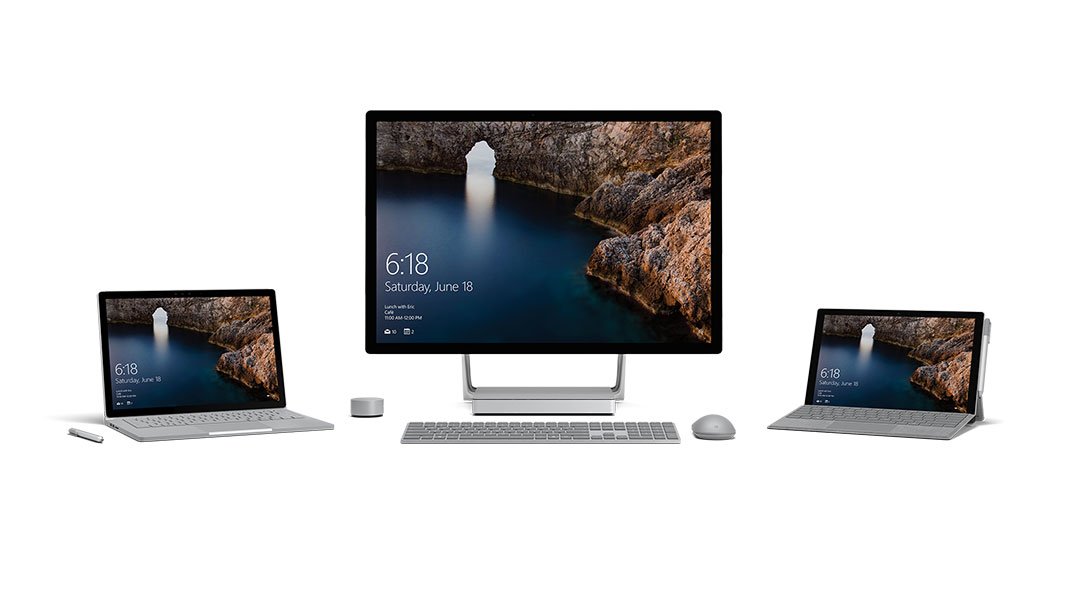
I expect a Windows-10-on-ARM, pocketable, telephony-enabled ultramobile Surface PC. It'll be positioned alongside the Surface Book, Pro and Laptop as a mobility-focused mini PC. It will use Continuum and Centennial apps in desktop PC mode, and when in hand the UI will conform to touch-friendly mode via CShell. It'll be capable of the range of Windows 10 features, have a strong pen and inking focus and make phone calls.
Some have concluded that the removal of phone APIs from this year's Fall Update suggests a removal of telephony from Microsoft's strategy. That view considers only the immediate timetable. The road to Surface phone is long, but Microsoft seems dedicated to building the ecosystem infrastructure that will optimize it via:
- UWP.
- Continuum.
- Inking.
- Project Centennial.
- Mixed Reality.
- Gaming.
- Cloud.
- Cellular and telephony.
A puzzle is sold with the finished image to act as a guide for the placement of the pieces. Similarly, Microsoft's current devices, combined with the known needs of a mobile device, provides a picture that shows how parts of Microsoft's ecosystem may forge an ultimate mobile device. This won't happen near-term. A long-term perspective is needed as Microsoft matures and integrates the pieces.
Let's take a look at the company's progress.
Is early 2018 to soon for Surface phone?
An evolving vision
In January 2015, I wrote the following after considering the type of mobile device Windows 10 and OneCore might enable:
Is a seven-inch Microsoft Surface Mini Phablet on the Horizon? ... Rather than being a phone with a large display like virtually every other device ... dubbed phablet, the Surface Mini will be a tablet with telephony functionality. It will be a tablet first ... with the full functionality of a tablet and ... range of capabilities of a Windows 10 ARM-based tablet, but will also be capable of functioning as phone.A productivity tablet with software enhanced to take full advantage of a digitizer pen, full access to a host [of] multimedia and leisure apps with the additional ability to place and receive phone/Skype calls and Skype/SMS messaging is an easier sale than a seven-inch smartphone.
My two-year-old analysis saw the company abandoning the traditional smartphone market for a device that was more PC than a phone (I didn't predict a foldable design then), telephony-enabled with an inking focus. Nadella's later assertions that Microsoft would build a device that doesn't have the traditional smartphone form and function, the advent of Windows on ARM, and the broader implementation of inking throughout Windows, as revealed at Build 2017, seem to indicate Microsoft's heading in the very direction I predicted.
UWP, cloud and Surface Mini reborn
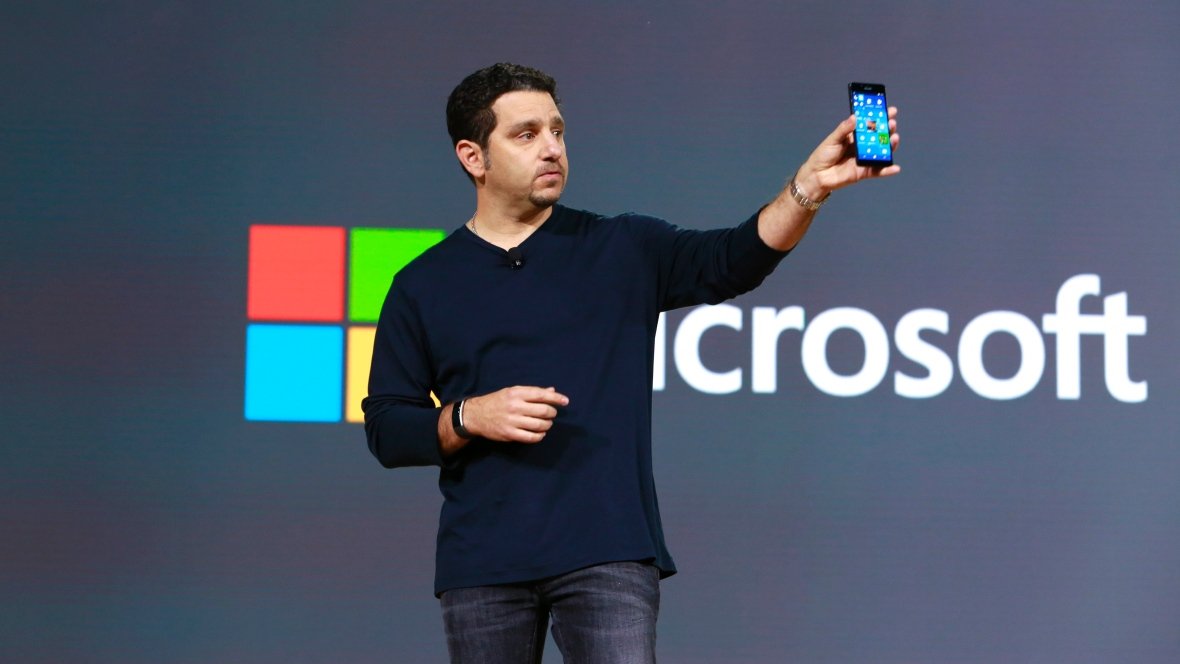
In August 2015, I wrote Windows phone is the device that can replace your tablet and become your PC and stressed the single device vision Continuum for phone enables.
Surface phone must be much more than a phone
Additionally, my analysis of Microsoft's October 6, 2015, devices event emphasized the importance of the unifying platform which supplemented that argument:
Though the day was a means to showcase devices it was the Universal Windows Platform that took center stage ... the future of computing is "device-less" and the primary computing device is the cloud … The hub is you.
The UWP provides a common development and user experience platform for all device types. A single device that can become many would fit seamlessly in that environment. Furthermore, Microsoft's cloud-based platform which embraces iOS and Android with a Windows PC as a "hub" as demonstrated at Build, fits this scenario and an earlier analysis. Particularly if this device benefits from Nadella's still-pending promise of the best Microsoft experience being on Windows.
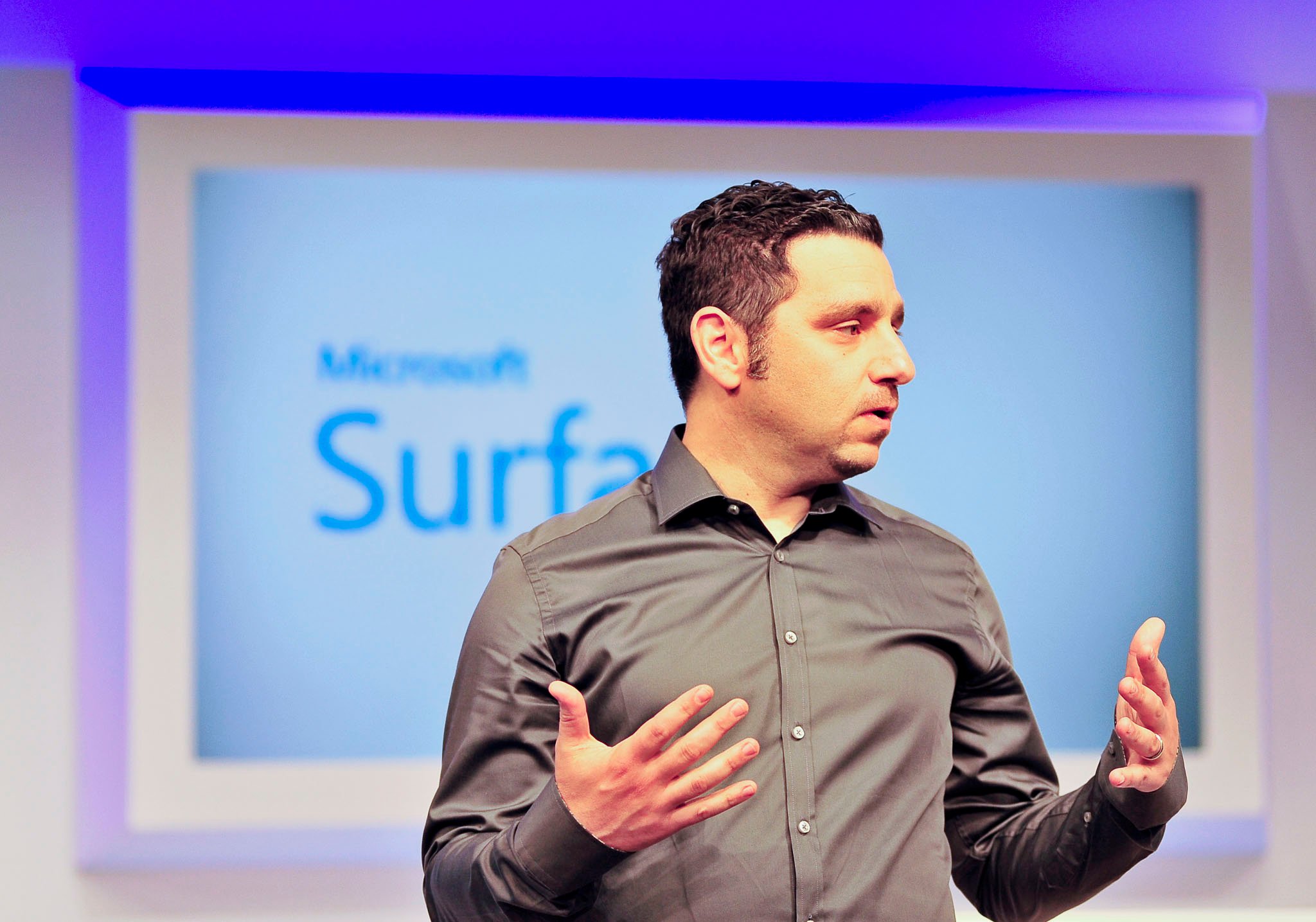
I expanded that analysis in November 2015, when I highlighted Devices Chief Panos Panay's commitment to the canceled Surface Mini, which he still takes notes on using his Surface Pen. I deduced elements of the Mini, such as its Pen-focused aspects, may be reborn in the Surface phone. Given Microsoft's investment in providing unique inking experiences in Windows, my analysis may be correct.
Is Microsoft's rumored Surface Phone a re-imagined Surface Mini
Continuum, collaboration and changing the game
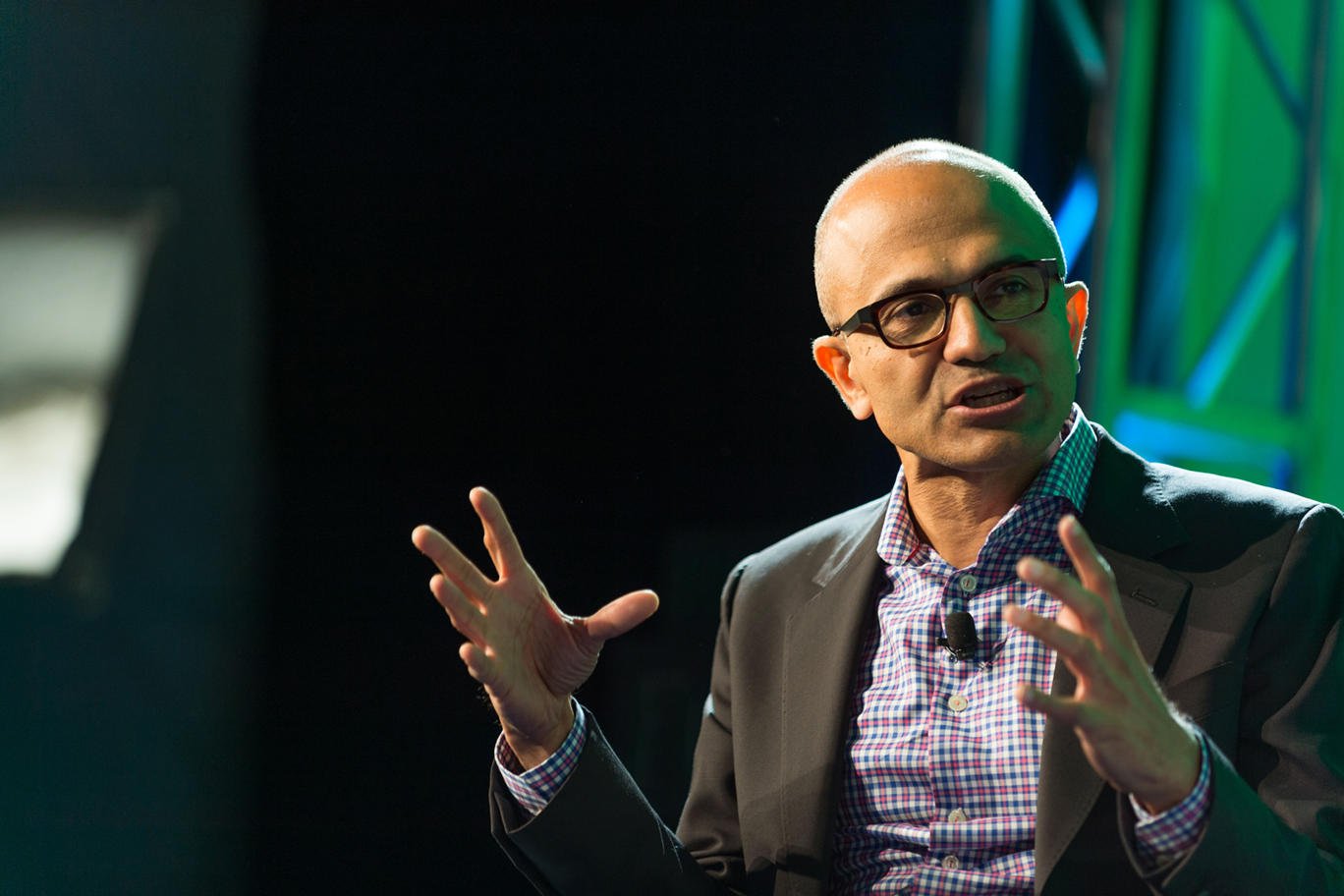
In November 2015, I presented an analysis that Microsoft's mobile offensive is about changing the game. To do that the company committed to a strategy that diverged from traditional smartphone rules. This strategy had precedence in the company's creation of the 2-in-1 category with the Continuum-enabled Surface "tablet that can replace your laptop." The industry has since embraced context-conforming Windows 2-in-1s.
In December of 2015, I presented an analysis that highlighted the fact that Microsoft's success with 2-in-1s helped introduce consumers to the company's philosophy of one device that conforms to a user's context via Continuum. As part of Microsoft's long-term strategy this category-defining product is helping prepare consumers for an ultramobile Surface.
Additionally, since company culture matters, in January 2016 I conducted interviews with three Microsoft employees who stressed that the fear is gone and there's a greater level of collaboration. A category-defining mobile device that will be a PC with telephony and showcases various aspects of Windows 10 would need the collaboration of various teams who has the courage to take chances.
Ultramobile PC, Centennial and Windows on ARM
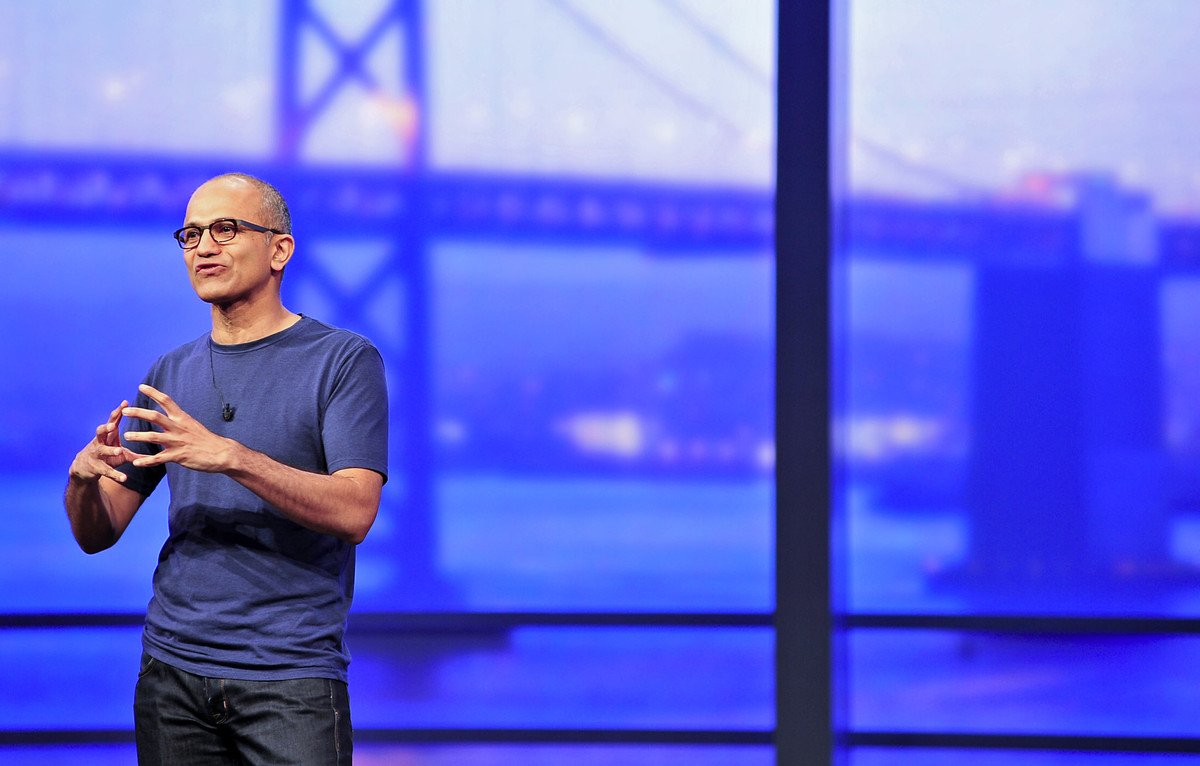
In April of 2016, I argued that iterative advancements of smartphone hardware was a dead end. And Microsoft's ultramobile PC strategy was a solution to the declining PC market and evolution of the smartphone as it positions a PC for the mobile, not smartphone space. For the device to be a PC via Continuum, it needs to run PC apps.
In December of 2016, Microsoft announced that it's bringing full Windows 10 to ARM on cellular laptops, tablet sand 2-in-1 PCs. Not only are modernized Centennial "Win32" apps important to the cellular PC but this progress in Microsoft's strategy brought my analysis of an ARM-based telephony-enabled ultramobile PC into view. With a slow expansion into providing mobile data through the Windows Store, Microsoft may be headed toward less dependence on carriers over time.
Microsoft's Project Centennial app bridge makes sense of Win32 apps on phone
Windows 10 S and mixed reality
Microsoft knows it needs a mobile device in the market and that device cannot be a typical phone. Ensuring the ultimate mobile device can "be" a Windows desktop via Continuum is a necessary key differentiator.
Furthermore, Microsoft's an industry leader in mixed reality, and Windows mixed reality APIs are part of every Windows 10 device. Mixed reality may be a big part of the ultimate mobile device.
The Surface phone won't be a phone. It'll be a telephony-enabled ultramobile PC that showcases the range and power of Windows 10 on a pocketable device. As you see, the range of features are broad, complex and still maturing. We'll get there in time. Meanwhile, keep an eye on what Microsoft's doing with its puzzle pieces, and you'll see how it's all coming together.
Also Read:
How Microsoft can ensure Surface phone success
With Surface phone will Microsoft learn from past marketing mistakes
Why Windows 10 S, Project Centennial are critical to Continuum's success
Jason L Ward is a columnist at Windows Central. He provides unique big picture analysis of the complex world of Microsoft. Jason takes the small clues and gives you an insightful big picture perspective through storytelling that you won't find *anywhere* else. Seriously, this dude thinks outside the box. Follow him on Twitter at @JLTechWord. He's doing the "write" thing!

